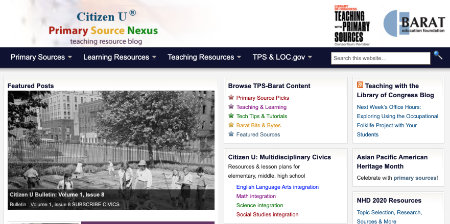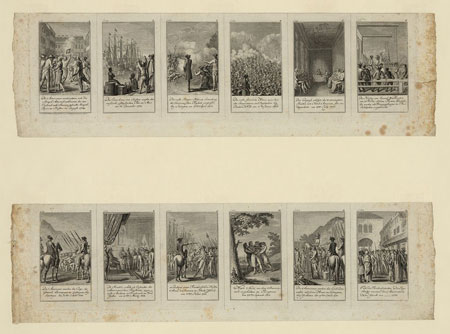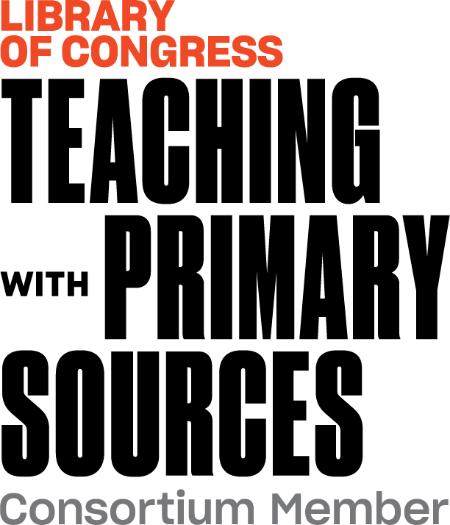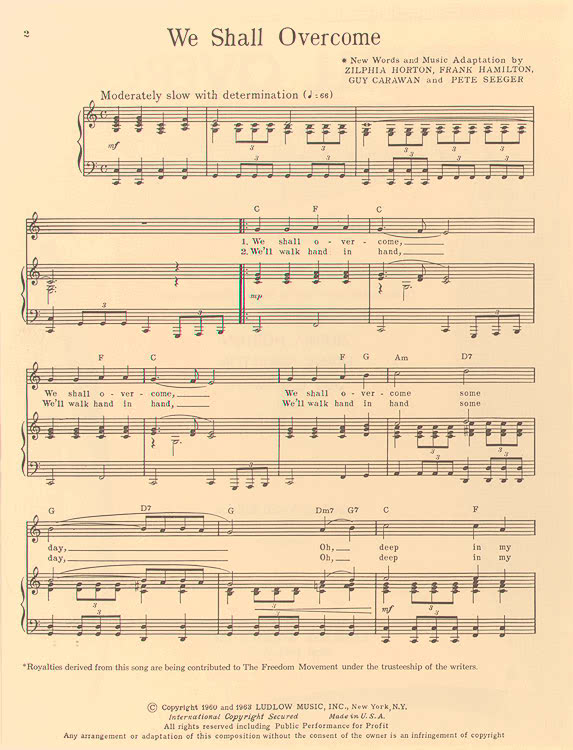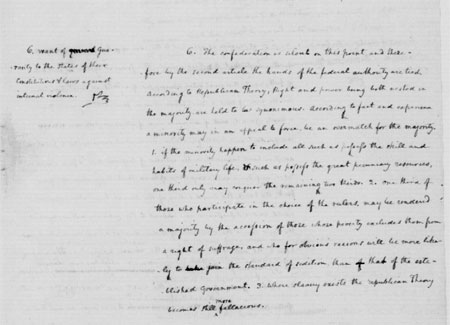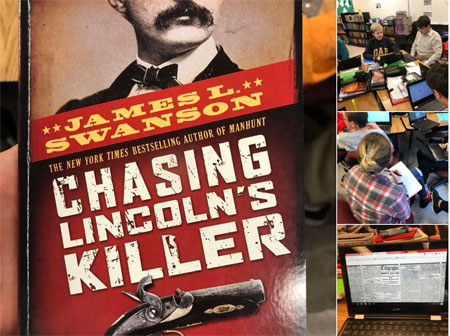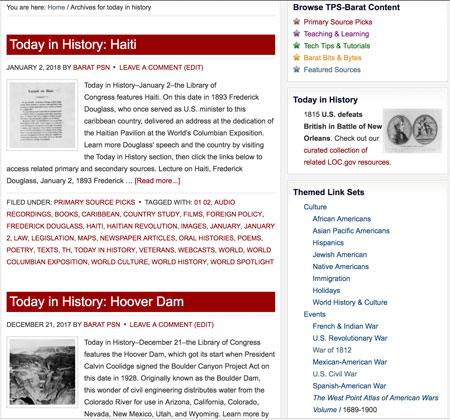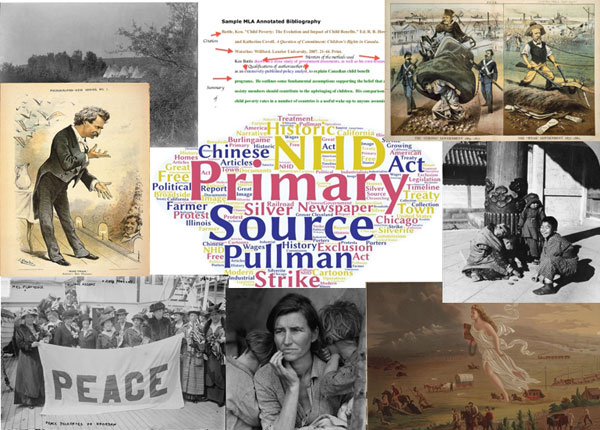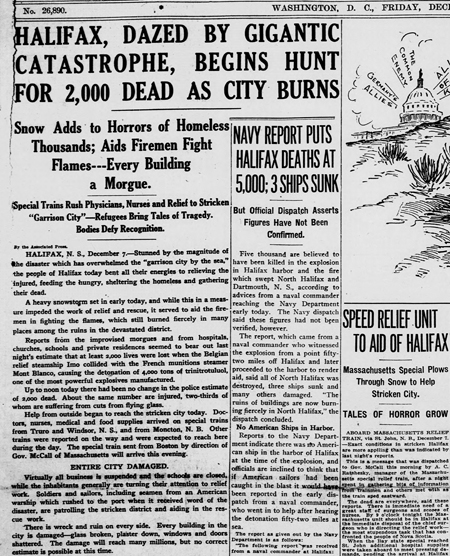Finding Resources: Browsing the Primary Source Nexus
There are two ways to browse content on the TPS-Barat Primary Source Nexus: by content category or by using the top navigation menus. Content Categories Each post on this blog is assigned to one of five categories listed in the Browse Content Categories box in the middle column on the homepage. Primary Source Picks: curated…

